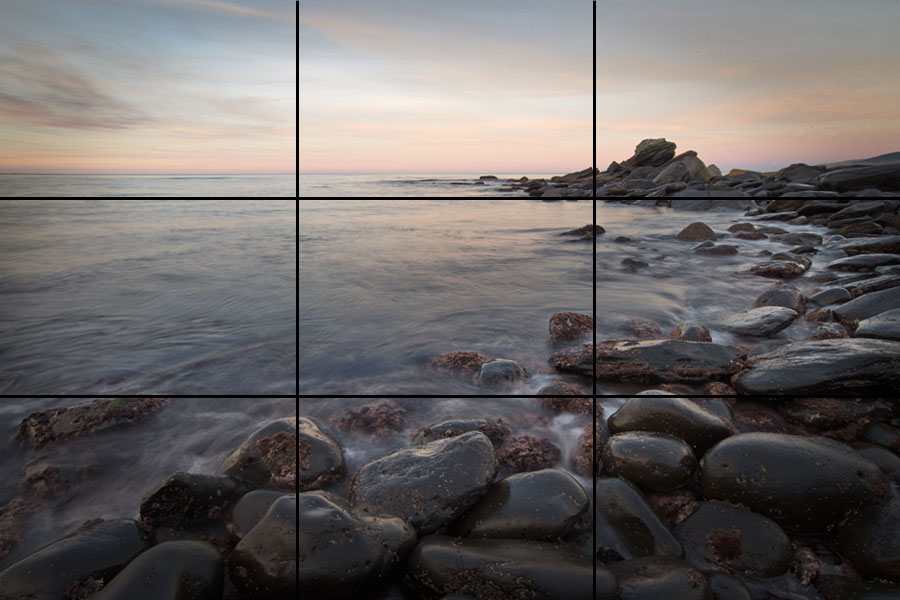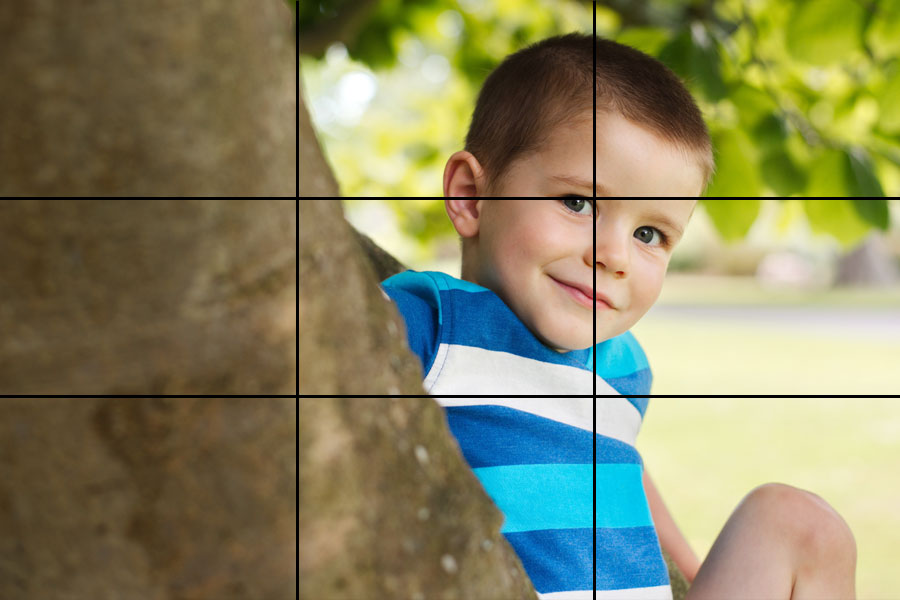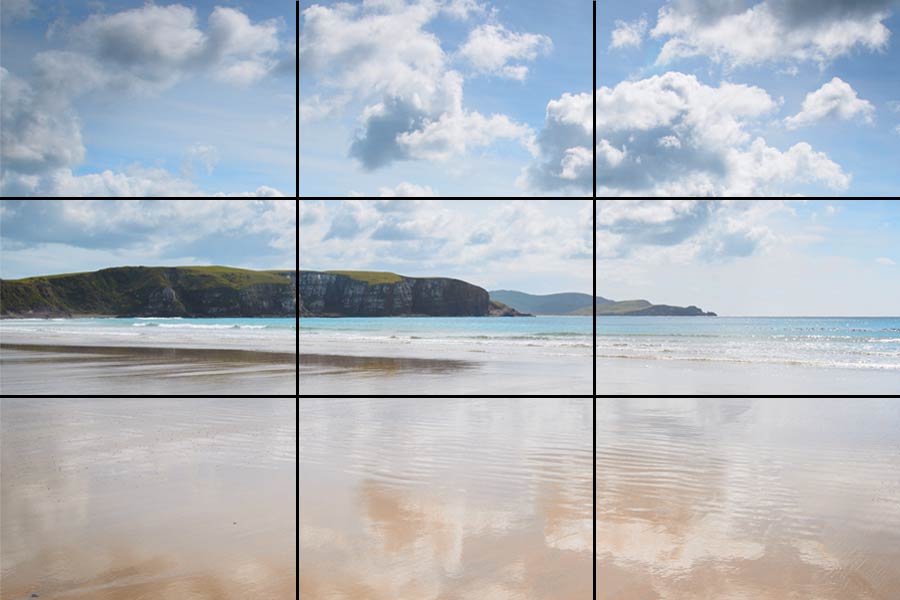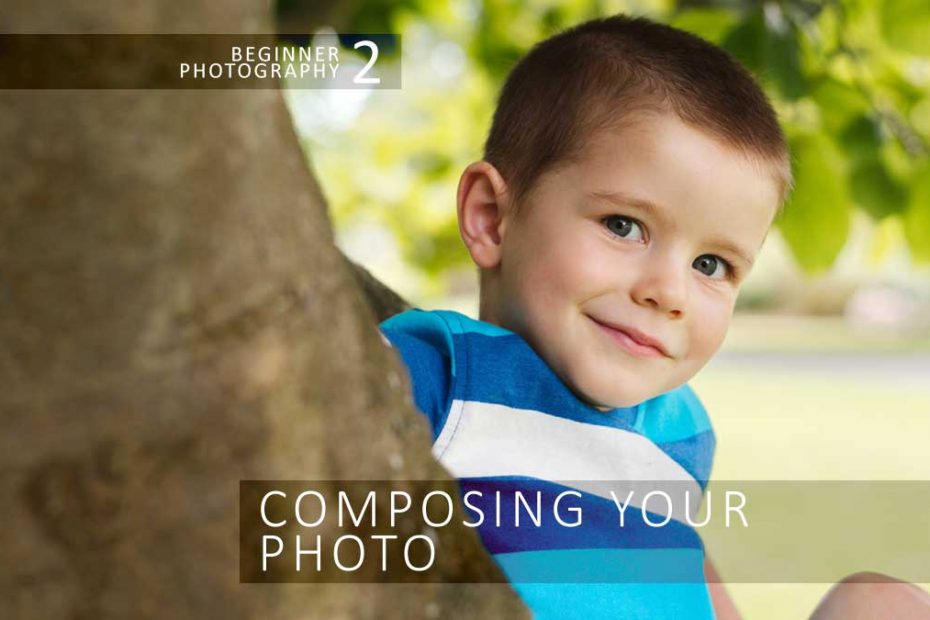The Rule of Thirds in Photography will help you learn how to layout the elements in your photo to best effect. Composition is critical in photography, relatively simple and often overlooked. Used well, the Rule of Thirds can transform your photography regardless of the camera you own.

What is the Rule of Thirds Grid
The Rule of Thirds grid splits the frame into horizontal and vertical thirds creating 9 identically sized cells. Many cameras and smartphone cameras include an option to show the rule of thirds grid on-screen so check your settings.
Before you compose your photo
The first thing you should do is identify your photo’s subject. Your subject is your photo’s point of interest such as a flower, a person or building. Having a clear subject in mind is critical since your photo’s composition will hang off it. If you would like to explore this further, you might enjoy how to take great photos.
How to Compose your photo with the Rule of Thirds
Having identified your subject (person, pet, etc), you place your subject on, or very near one of the lines. For a perfect third, you may wish to place your subject where the lines meet and intersect as I have done with the portrait below.

In the case of this portrait, my subject is the little boy and more specifically, his eye. Hitting the lines dead-on can look somewhat contrived and overly precise. A little off-centering provides just enough chaos to let the art shine.

For Landscapes, the Rule of Thirds grid will assist you with keeping your horizons straight. It also helps you to off-center your horizon. Dead-center 50:50 horizons can be quite jarring and a little dull.

The human eye responds well the to Rule of Thirds format. The buckle serves to anchor-down the composition whilst giving the eye something to fall on. In the photo below, my subject plays on and between the lines.

When not to use the Rule of Thirds
In photography, the results justify the means. The Rule of Thirds is merely a guide that works well a lot of the time. However, radically different compositions can be quite jarring, thought-provoking and engaging.

